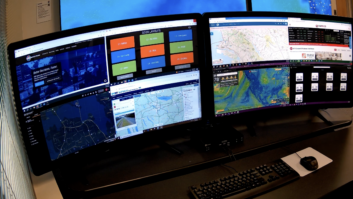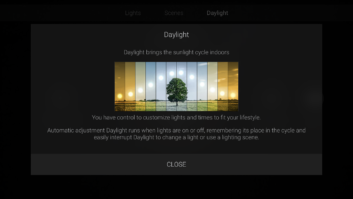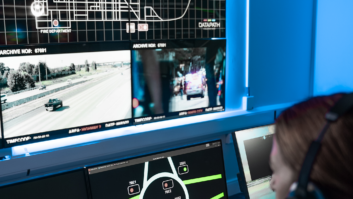
Much like the architecture of the building, electronic systems and their requirements must be planned and documented at design stage. Ian Trudgeon of thinkingbricks guides us through the process.
In the same way the architectural design of the main building has to be fully considered, the electronic systems and their requirements are planned and documented in an electronic systems design.
In many cases this design takes the form of a series of schematics and layouts, using the existing architectural plans. The system design can be put in place as a layer in an AutoCAD drawing, or split out as a specific room by room design.
It is key that the design is clear and not open to interpretation. A range of icons for the various connections and cables are employed to make the design easy to understand, if being referred to by a third party – for example, an electrical contractor during first fix cabling. CEDIA has a set of standardised icons available to member companies.
Many companies will employ colour documentation – this can be linked to the colours of the cabling supplied if required.
Version control, and change orders over the course of the project will all affect the design. Documentation is a key part of ensuring the right cables are in the right place, for the right purpose.
Ask to see some of the design work prepared for other projects when considering a home technology company – it helps to see a complete design in place. Many companies will cater for both AutoCAD and Visio design work.
Ian Trudgeon is project director with thinkingbricks. He is offering RIBA-certified CPD courses on all aspects of home technology







